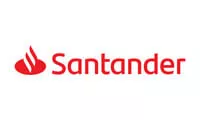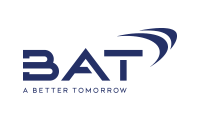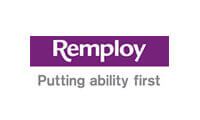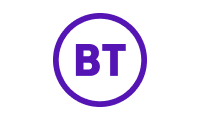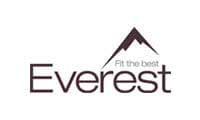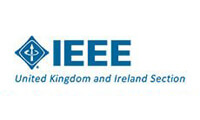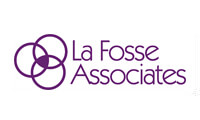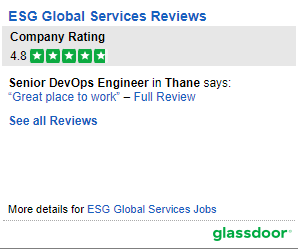Onboarding is a vital element to the success of any ITSM process and any prospective company should scrutinize the proposed process flow before engaging with a new service desk vendor. ESG’s typical onboarding processes are described at a high-level below and we welcome any variations that our clients may find more relevant to their support processes.
Step 1: Ongoing communications and review processes
ESG recommends weekly business reviews during the initial stages to track progress and identify and resolve any teething issues. At such meetings any issues registered and resolved during the week will be discussed. Key personnel on these meetings will be an ESG team leader and, should escalation be required, a project manager and further personnel in the escalation matrix will be included. Once the transition period is underway then key metrics, related to the incident and service requests being handled, will be discussed in the weekly business reviews.
Step 2: Discovery
ESG will initially have high-level meetings with the client to establish an overview of the existing or required service desk. At which meetings an overview of key elements of the service desk will be discussed:
- Existing support structure: is this in-house or an external vendor? Numbers of support staff? Skillsets? Key personnel and stakeholders are identified.
- Expected support structure: ESG services as an extension (co-source) to an existing team or a completely outsourced alternative?
- What are the existing SLAs? How is end-user satisfaction measured now? What are the key metrics?
- End-users: type (technical/non-technical/mix | geographies | languages | number)?
- Coverage/timings: now and expected (i.e. 24/5 | 24/7 | 24/7/365 | out-of-office hours | holidays)?
- What are the channels & support tools and technologies (i.e. email | telephone support | website | ticketing | online chat | social media | slack etc (internal)?
- Incidents & service requests: nature/types, scope: number & typical length of each incident?
- Are there currently playbooks/KT documentation/process flows*/Tier 0 knowledge base?
- Key dates: expected KT/handover/transition/start dates?
Step 3: Process and toolset configuration
ESG will set up or integrate new support team members into the existing support channels including for instance: dedicated support direct-dial telephony, IVR, email channels, and ticketing systems. ESG team members will take access credentials for all portals, tools, and documentation that the existing support team members require to fulfill their support responsibilities.
Communication models between ESG and the client are established with key personnel identified and escalation matrices formalised.
Step 4: Detailed knowledge transfer
Further to high-level KT meetings, more detailed meetings will take place between senior members of the current support team and/or the current project manager(s) and the ESG team. These meetings will drill down into the knowledge gained from the high-level meetings to complete a very detailed knowledge transfer.
This training will form part of the transition period and senior team member(s) from the current support team will provide training to all members of the new team including the team lead(s). Senior team lead(s) and/or managers will be ‘trained as trainers’ for the training of future team members in case of staff turnover. ESG staff attrition levels are, however, very low. All training sessions can be recorded and cataloged for future reference. The remaining time will be spent in the handover processes described in the ‘Service desk hand-over’ section below. Appendix B shows a typical knowledge transfer checklist.
Step 5: Service desk hand-over
During the knowledge transfer period described in Step 4 above, the new team will work with the existing support team for the remaining hours per day of the period as a ‘silent partner’. Post that period, the ESG team will work for a further period as an active partner, triaging and resolving incidents and service requests. The existing support team will be on standby to support the new team during this period and plug any gaps in the knowledge transfer.
Current end-user satisfaction, as well as all other key metrics, are monitored to ensure the service levels are maintained against the metrics established in Step 2 above.
Step 6: ESG service desk is launched
The ESG service desk team is now independent of any existing support team and operating at least the same efficiency.
Current user satisfaction, as well as all other key metrics, are monitored to ensure the service levels are maintained against the metrics established in Step 2 above.
Step 7: Ongoing service monitoring and optimisation
ESG’s ongoing service monitoring and optimisation programme continues after the initial stages. Monthly reviews will track metrics and end-user satisfaction and any optimisation recommendations will be communicated.
Please contact us if you have any questions about the processes of switching IT service desk providers to ESG.
Appendix A
*A typical simplified service desk support process flow.

Our valued clientele



